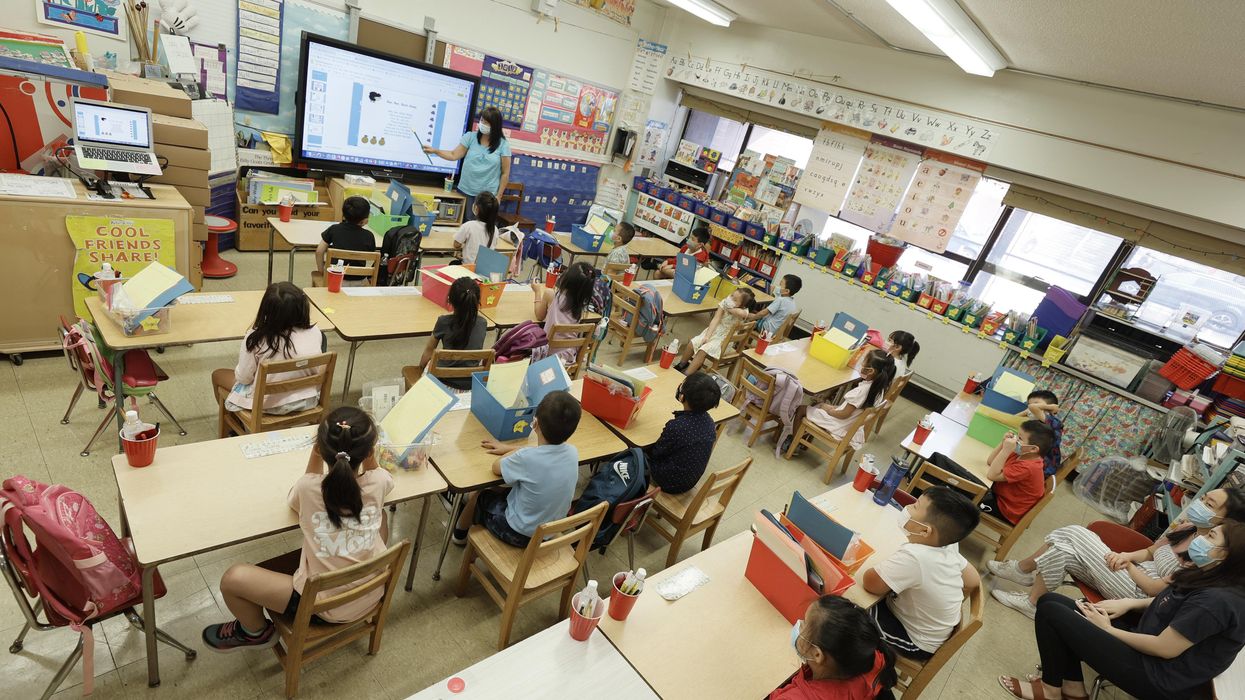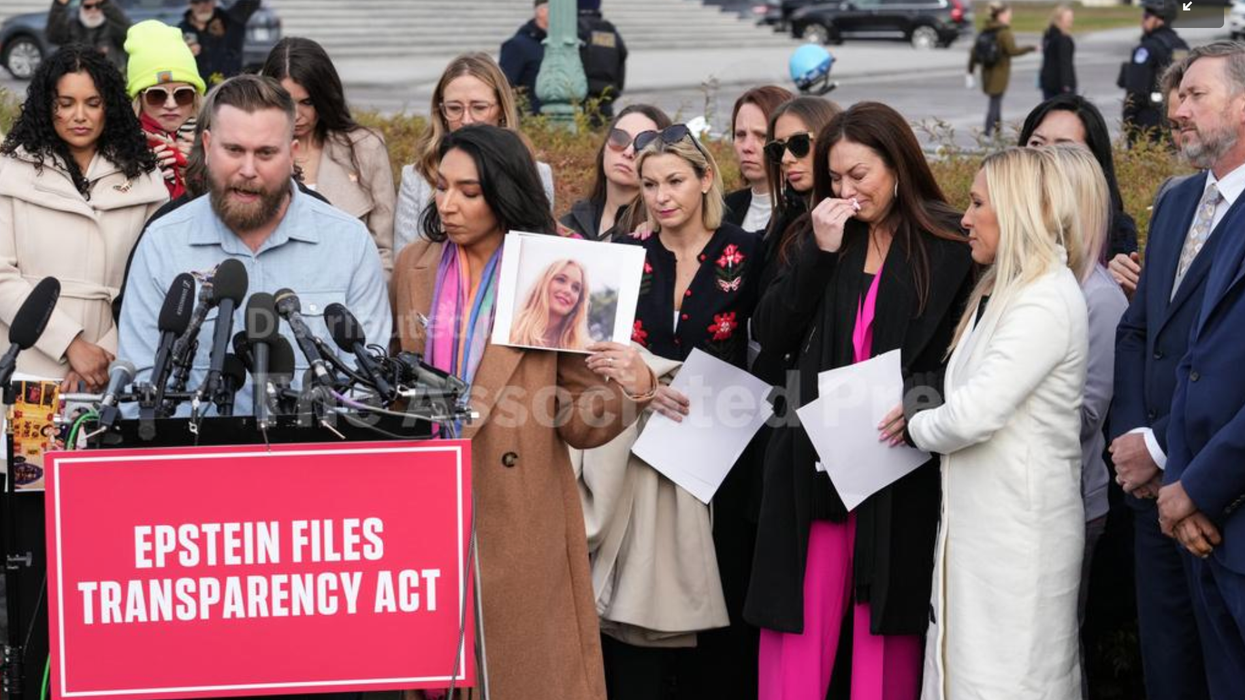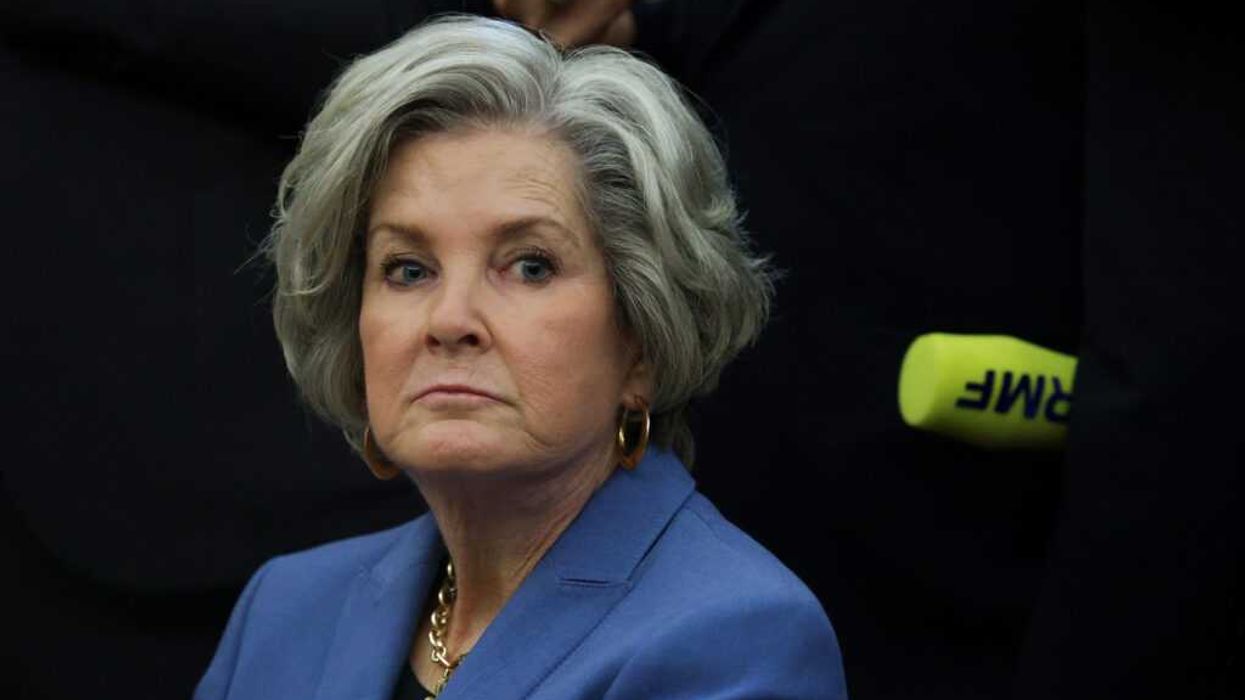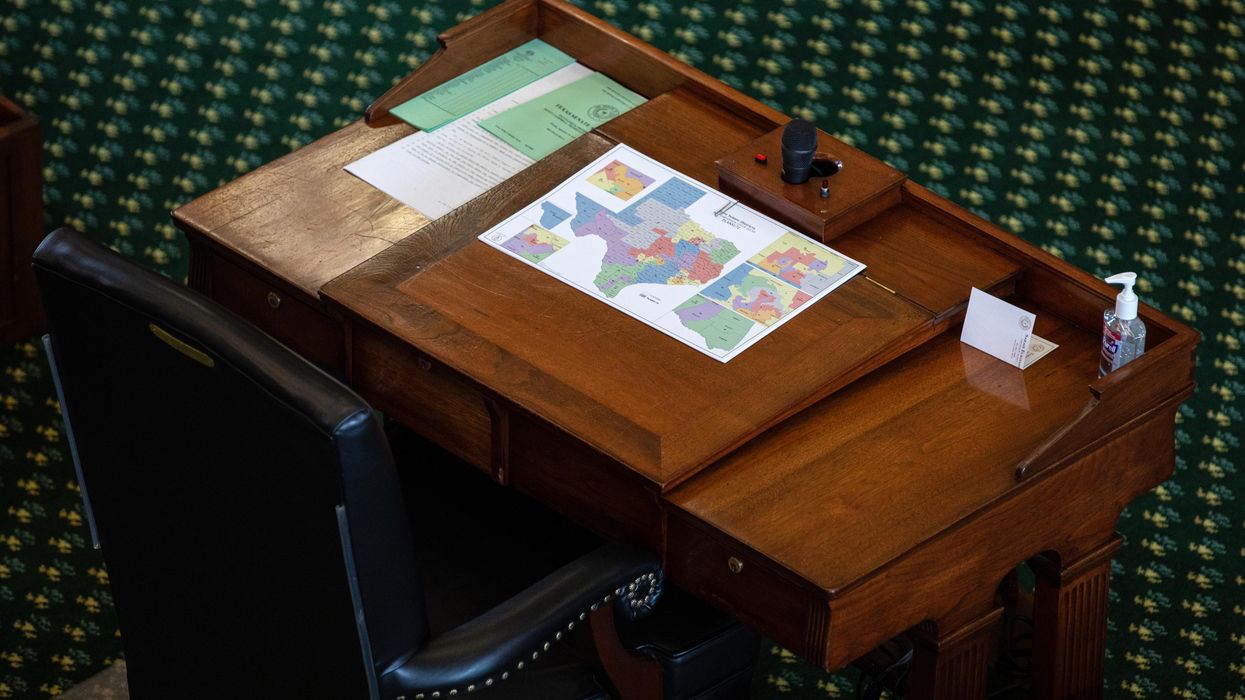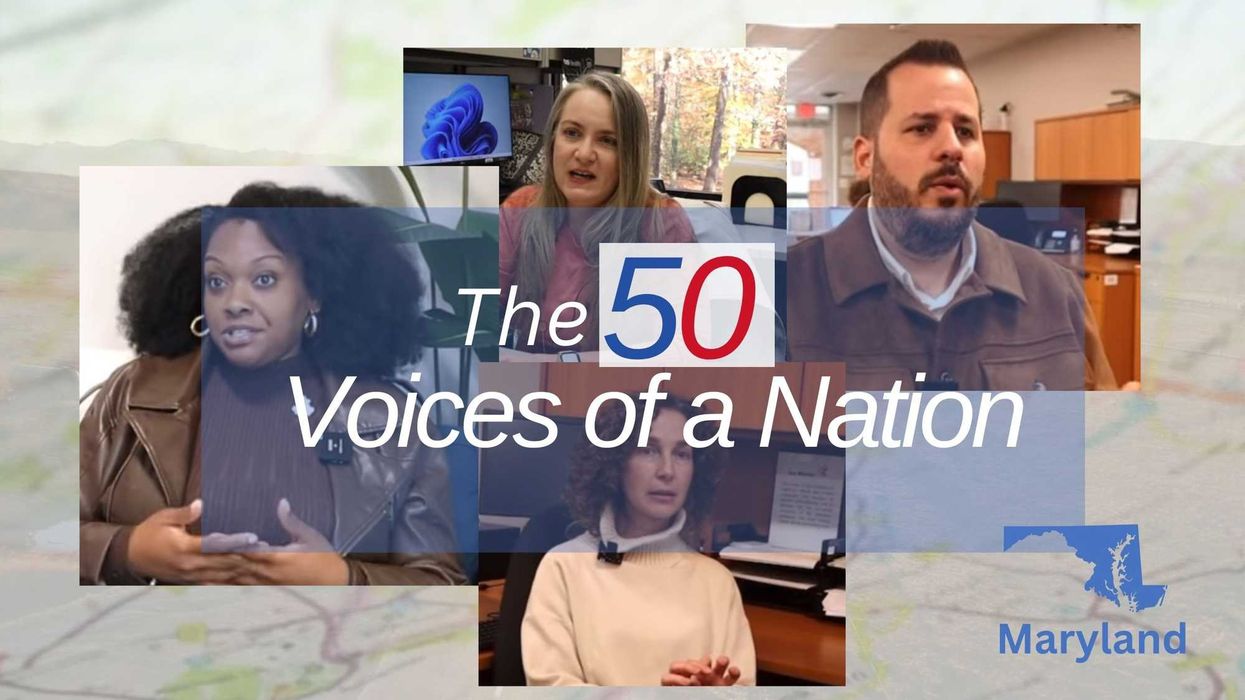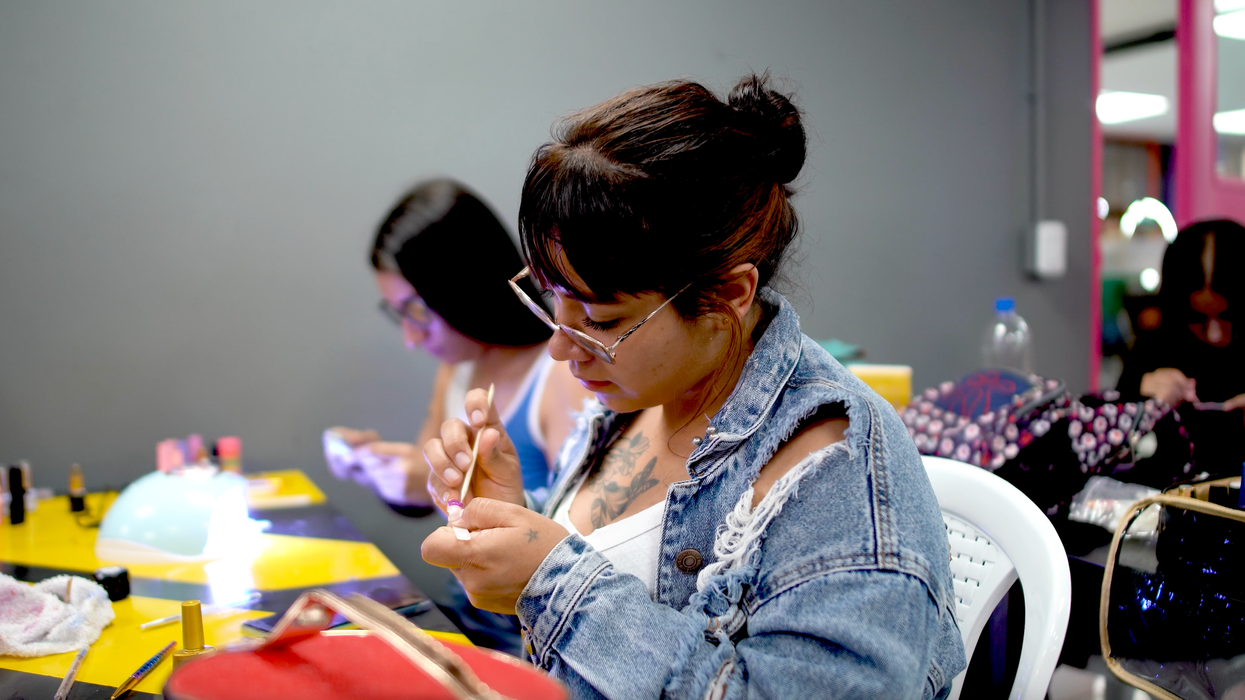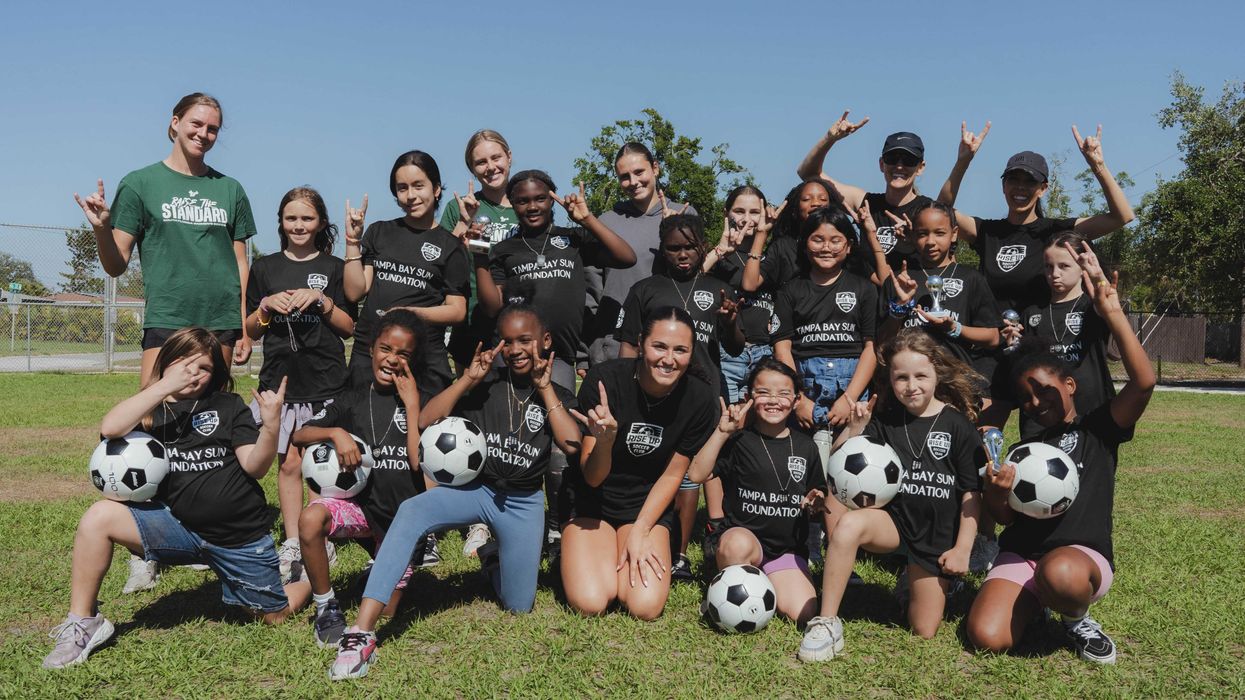Recently, the Supreme Court handed down a decision that will likely reverberate through American classrooms for years to come. In a 5-4 ruling, the justices granted parents broad authority to exempt their children from curricular materials and school activities that conflict with their religious convictions. Like so many recent decisions from this Court, the ruling is being hailed as a victory by some and met with grave concern by others. But beneath the headlines and the predictable cultural skirmishes, it’s worth pausing to ask a deeper question: What does this mean for the role of public education in a pluralistic society?
It’s tempting, as so many commentators already have, to frame this as another act in the ongoing battle over religious liberty. The plaintiffs—an alliance of evangelical, Catholic, and Muslim families—argued that specific lessons on sexuality, gender identity, and even evolution violated their sincerely held beliefs. They found a sympathetic ear in the Court’s conservative majority, which cited the Free Exercise Clause and the right of parents to direct the upbringing of their children. “The State may not compel a child to participate in instruction that contradicts the religious tenets of their family,” wrote Chief Justice Roberts in the majority opinion. “To do so would be to place the state above the conscience.”
That line will no doubt find its way onto the banners of activists and the letterhead of advocacy groups. But it also raises a fundamental problem that I find deeply fraught. Public education in America has long been a test of coexistence. The country’s first common schools, championed by Horace Mann, were conceived as a way to unite a population of immigrants, Protestants, Catholics, Jews, and, eventually, students from every imaginable background. The classroom was where children learned not just math and reading, but also how to live with differences.
In the nineteenth century, Catholic families objected to Protestant readings of the Bible in public schools, and their protests sometimes turned violent. In the twentieth century, legal battles erupted over prayer, the teaching of evolution, and the inclusion of sex education in schools. Each conflict forced the courts and the culture to grapple with the limits of tolerance—how much pluralism a pluralistic society can bear.
The latest Supreme Court decision pushes that tension to its breaking point. By giving parents broad veto power over what their children encounter in the classroom, the Court has effectively privatized the public square. Imagine a biology class where a third of the students are excused during discussions of natural selection, or a history class where half the room steps out for units on the civil rights movement because the narrative doesn’t align with their parents’ worldview. What, then, is left of the “public” in public education?
The majority argues that this is a matter of conscience, not censorship. “No child should be forced to choose between their faith and their education,” reads the decision. But in practice, this ruling opens the door to a kind of balkanization—with each family carving out its own version of reality, shielded from uncomfortable facts or perspectives. This isn’t religious liberty in the classic sense; it’s a retreat from the very project of public education.
America’s religious communities have always played a vital role in shaping civic life, and their desire to protect their children from what they see as moral confusion is hardly new. But I worry that the Court’s decision mistakes the purpose of public schools. The point was never to provide a tailor-made education for each student. It was—and should be—to foster a shared understanding, a common vocabulary for citizenship.
There is, of course, a long tradition of parental rights in American law. The Supreme Court recognized as much in cases like Pierce v. Society of Sisters (1925), which allowed Catholic families to send their children to parochial schools, and Wisconsin v. Yoder (1972), which exempted Amish children from compulsory high school attendance. But those decisions carved out narrow exceptions. The new ruling is something else entirely: an open invitation for parents to opt their children out of any lesson they find objectionable, no matter how central it may be to the curriculum.
What’s at stake here isn’t just the content of textbooks but the integrity of the classroom itself. Teachers will be required to navigate a complex web of exemptions, permissions, and potential lawsuits. Administrators will have to track which students can hear which lessons. And students—most of all—will be denied the chance to encounter ideas that challenge their assumptions or broaden their horizons.
It’s worth remembering that education is not supposed to be comfortable. The best teachers I ever had unsettled me. They forced me to question what I thought I knew—about history, about literature, about how my own experience fit, or didn’t fit, into the broader story of America. To shelter students from intellectual discomfort is to rob them of the very thing that makes education transformative.
The Court’s decision also risks deepening the divides that already threaten our democracy. We live in an era of epistemic sorting, where Americans not only disagree about values but about basic facts. Social media has made it easy to curate information and shield ourselves from dissenting views. Public schools, for all their flaws, remained one of the few places where young people could encounter difference—not just in the abstract, but in the faces and voices of their classmates. The new ruling chips away at that fragile common ground.
Some will argue that parental control is the only bulwark against indoctrination by the state. But this is a false dichotomy. The answer to discomfort is not retreat but engagement. It is possible—and indeed essential—for schools to respect religious diversity while upholding a core commitment to truth, inquiry, and shared civic life.
What, then, are educators to do? Some will comply, quietly excusing students from lessons that risk controversy. The real challenge, though, falls to all of us: to articulate a vision of the common good that is capacious enough to include fundamental disagreement but sturdy enough to withstand the centrifugal forces of private conviction.
American public education has never fully lived up to its ideals. It has excluded, marginalized, and, at times, indoctrinated. But the hope is that, over time, the classroom could become a workshop for democracy. Such hope grows dimmer when we allow fear, however sincerely felt, to dictate what can and cannot be taught.
Our nation’s highest Court has spoken, and the law is now as clear as mud. The work will now be more challenging. But it has never been more urgent. We must take action to ensure that our public education system continues to promote a shared understanding and respect for diversity.
Rev. Dr. F. Willis Johnson is a spiritual entrepreneur, author, scholar-practioner whose leadership and strategies around social and racial justice issues are nationally recognized and applied.





